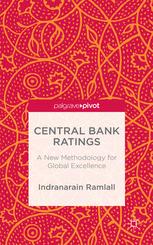

Most ebook files are in PDF format, so you can easily read them using various software such as Foxit Reader or directly on the Google Chrome browser.
Some ebook files are released by publishers in other formats such as .awz, .mobi, .epub, .fb2, etc. You may need to install specific software to read these formats on mobile/PC, such as Calibre.
Please read the tutorial at this link: https://ebookbell.com/faq
We offer FREE conversion to the popular formats you request; however, this may take some time. Therefore, right after payment, please email us, and we will try to provide the service as quickly as possible.
For some exceptional file formats or broken links (if any), please refrain from opening any disputes. Instead, email us first, and we will try to assist within a maximum of 6 hours.
EbookBell Team

5.0
100 reviewsWhen the global financial crisis broke, central banks in both the US and the UK undertook massive asset purchase programmes which resulted in considerable increase in assets. Cross-border spillover effects were noted across global economies. Balance sheet adjustments may eventually gnaw at the profit-earning capacities of central banks, and in extreme cases, negative equity can manifest.
This study investigates a benchmark for comparing central banks. The author employs a unique and large set of metrics to gauge the quality of central banks and presents an argument to reflect upon international best practices. The study uses different criteria including the accounting body, research, presence of stress-testing exercises, inflation-targeting frameworks, staff efficiency, and languages of communication with the public, amongst others. The book begins by providing an overview of central banking, before exploring some stylized facts about central banks in unique detail. It then presents a ratings methodology for worldwide central banks to analyse the results. A backtesting exercise is included to validate the quality of the ratings obtained. The book concludes by offering insights into the comparison of central banks.